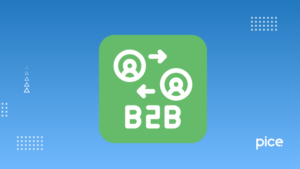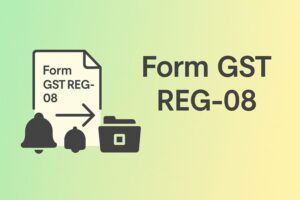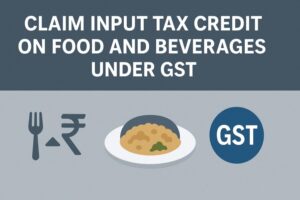How to Round Off Invoice Amount in Tally?
- 9 Jul 25
- 6 mins
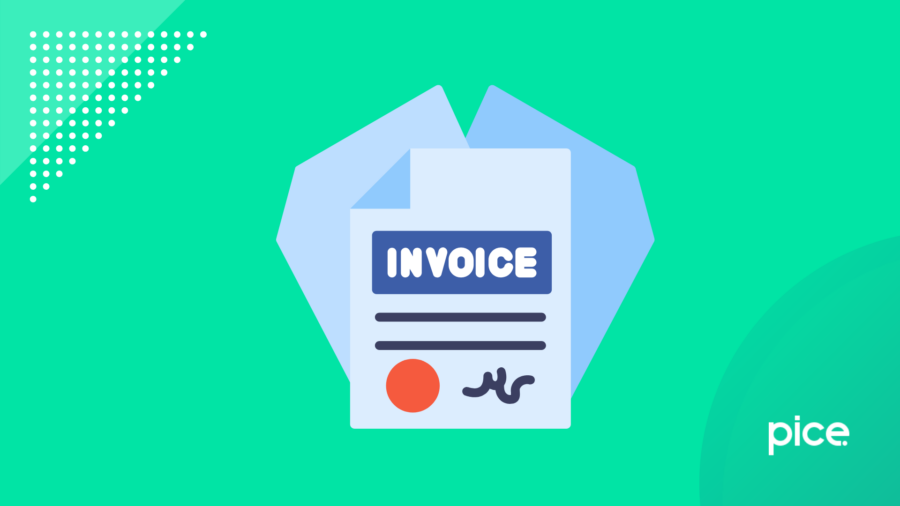
How to Round Off Invoice Amount in Tally?
Key Takeaways
- Tally ERP 9 enables automatic rounding off of invoice values using upward, downward, or normal rounding methods.
- Businesses can choose between invoice-type and voucher-type recording based on their nature and GST requirements.
- A separate ‘Round Off’ ledger under indirect income or expense is essential for configuring automatic rounding.
- Creating a ‘Voucher Class’ is mandatory to apply round-off rules automatically in sales and purchase vouchers.
- Automatic rounding simplifies invoice entries and ensures accuracy in total amounts for GST compliance and annual profit/loss analysis.
The sales and purchases sections in accounting comprise the most vital entries. Moreover, the accountants round off various voucher amounts related to credit, debit, receipt and delivery notes. This act of rounding off generally means converting the smaller fractions of transactions to their closest bigger values (in ₹).
A simple instance of upward rounding is changing ₹25.88 to ₹26. If this amount comes under the debit column in accounting, then it is a cost for the business. Similarly, values that belong to the credit part mean an income.
In this blog, you can get a genuine idea about how to round off the invoice amount in Tally. After knowing this, you can easily calculate the total profit/loss of a business at the end of a financial year.
Different Types of Sales and Purchase Recording in Tally
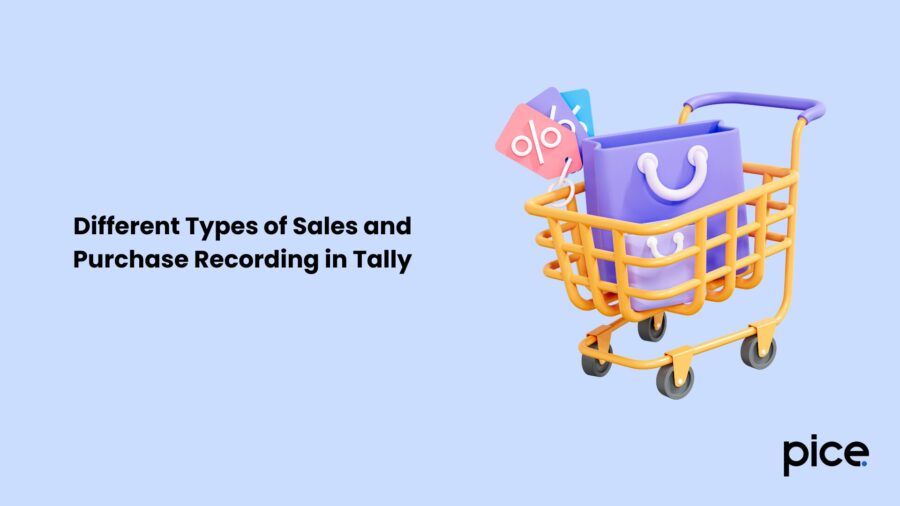
Accountants use either of the following two methods to record purchase and sales entries:
- Invoice Type
Here, you can witness an item-wise listing of all the sales and purchase records. Traders and manufacturers largely rely on this method, particularly those who deal with various GST rates.
- Voucher Type
In this second method, no item-wise breakdown can be seen. Instead, the transactions are tracked with vouchers.
Service-based enterprises and some traders use the second method as they do not have to stock items. As a result, they do not need any item-wise breakdown.
What is Automatic Round Off?
Automatic rounding method is a specialised feature of Tally ERP 9 that facilitates quick recording of all the purchases and sales. Besides listing the regular transactions, account managers can also use auto rounding for other voucher types like a credit note, a debit note, a delivery note and a receipt note.
Meaning and Types of Rounding Off
Even before understanding how to round off the invoice amount in Tally, you must realise the actual meaning of rounding off. It is the method of calculating the nearest whole number (smaller or greater) to a chosen fraction.
Automatic rounding off is normally classified into:
- Normal rounding
- Downward rounding
- Upward rounding
An example of a downward round is entering ₹23 instead of ₹23.64 in the sales ledger. Whereas, if you had done upward rounding for the same figure, then the result would have been ₹24.
Process of Automatic Round-Off in the Sales Voucher
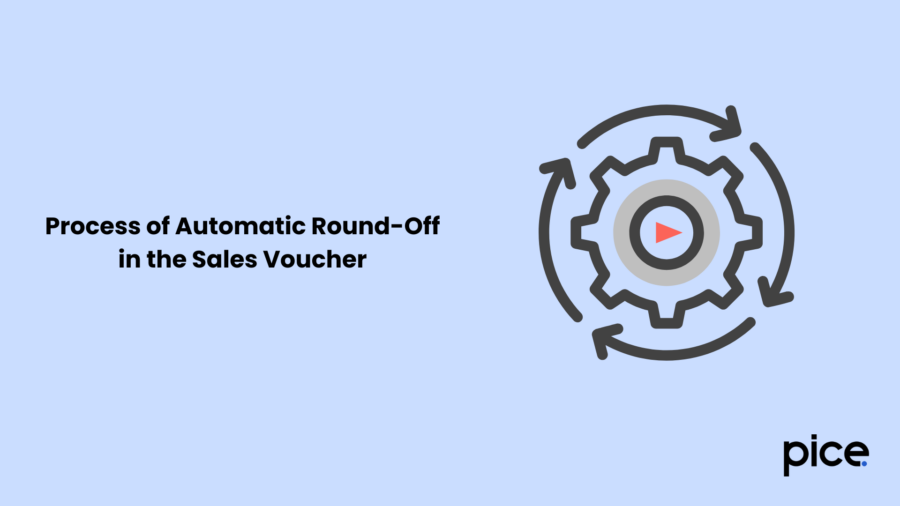
At the start, the accounting personnel must make a ledger termed 'Round off' under the indirect expense or income section.
Then, the person can generate a voucher class. Creating this segment is compulsory as it serves several purposes in Tally accounting. One can build a voucher class using the following method:
First, the individual must open the Gateway of Tally and then navigate to ‘Accounts Info’. At this stage, they will encounter different voucher types. From here, they will have to select the sales voucher and hit the ‘Enter’ button.
Following this, you must press ‘Enter’ till the time you can see the ‘Name of the Class’. To conclude this procedure, you should typically set a voucher class name, for example, 'Retail'.
Under Additional Accounting Entries
When additional entries are present, you must provide:
- Ledger Name
Under this head, the ledger generated at the beginning has to be offered.
- Type of Calculation
You have to select this according to the total amount which needs to be rounded off.
To accomplish this, follow the instructions below:
- Hit ‘Enter’ and you will arrive on the class screen.
- On this screen, again press ‘Enter’. Then, you will have to specify the below-mentioned particulars under default accounting allocations for every item invoice:
- Ledger Name
- Percentage
- Method of Rounding
- Rounding Limit, etc.
To save the changes, you have to press 'Enter'.
Example of Entering a Sales Transaction
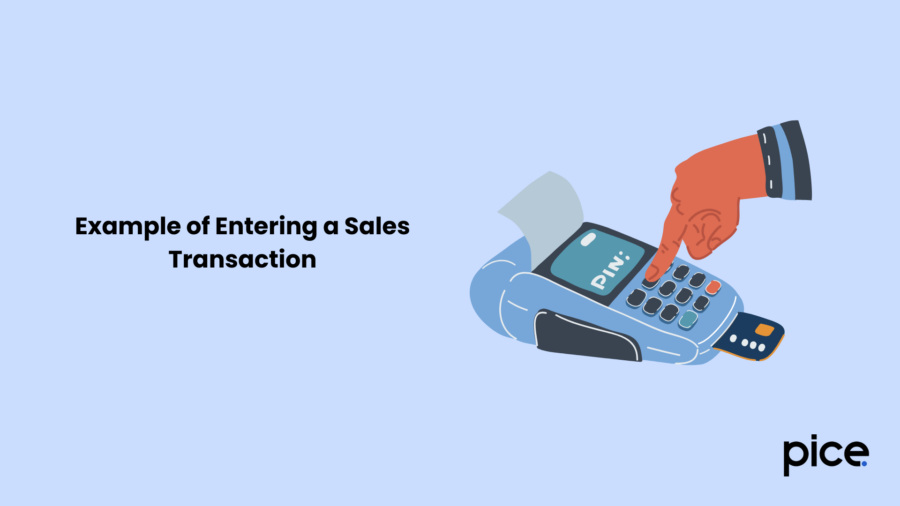
Suppose you own a business where you sell a mobile phone for ₹14,999.98. To round off the sales invoice amount, you must access the Gateway of Tally and issue a sales voucher.
You can access the sales voucher screen by pressing F8 or clicking on the respective sales button. Next, you must select the appropriate class from the voucher class list (it is the same segment where you created the retail class, as mentioned above).
Finally, as soon as you make the sales entry, you may set customizable rounding limits, and the round-off price will automatically be calculated and displayed on your device screen.
Conclusion
Knowing how to round off the invoice amount in Tally is crucial as it is an intrinsic feature of Tally ERP. It enables quick calculations and helps determine the accurate taxable amounts. Additionally, the sellers can choose among the three different types of rounding based on their suitability. This ensures flexibility and clarity on the whole process for GST-registered businesses.
💡If you want to streamline your invoices and make payments via credit or debit card or UPI, consider using the PICE App. Explore the PICE App today and take your business to new heights.
FAQs
What does rounding off mean in Tally ERP 9?
How do I enable automatic round off in Tally ERP 9?
What are the types of rounding available in Tally ERP 9?
Normal rounding, where values are adjusted to the nearest whole number.
Upward rounding, which always rounds up (e.g., ₹25.88 to ₹26).
Downward rounding, which always rounds down (e.g., ₹23.64 to ₹23).
You can configure the preferred method in the voucher class settings.
 By
By 






